Entry Category: Individuals and Units - Starting with A
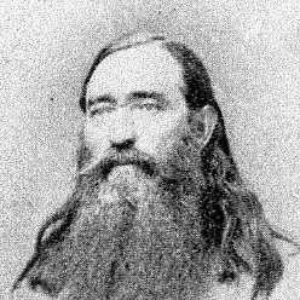 Charles W. Adams
Charles W. Adams
Adams, Charles William
 George Geyer Adams
George Geyer Adams
Adjutants General, Arkansas National Guard
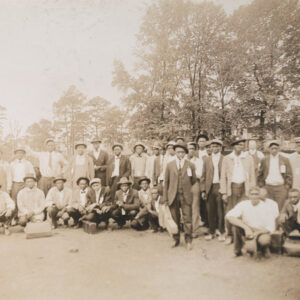 African American WWI Draftees
African American WWI Draftees
 Alaska Defense Corps Patch
Alaska Defense Corps Patch
Alexander, John Hanks
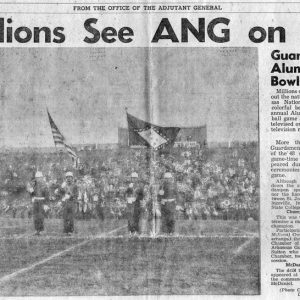 Aluminum Bowl Coverage
Aluminum Bowl Coverage
 Alvin P. Hovey
Alvin P. Hovey
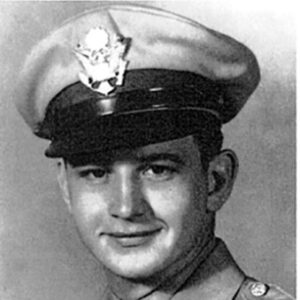 Ernest Ambort
Ernest Ambort
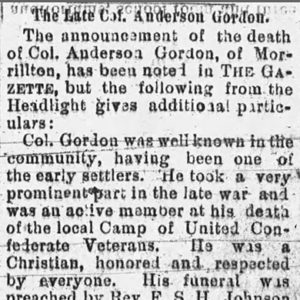 Gordon Anderson Death
Gordon Anderson Death
Andrews, Christopher Columbus
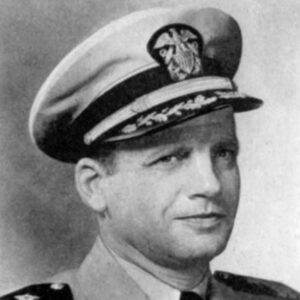 Richard Nott Antrim
Richard Nott Antrim
Antrim, Richard Nott
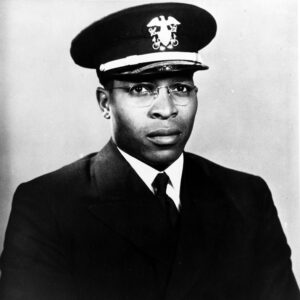 Jesse W. Arbor
Jesse W. Arbor
Arbor, Jesse Walter
Arkansas Department of Veterans Affairs (ADVA)
Arkansas Mounted Rifles [Civil War]
Arkansas Mounted Rifles [Mexican War]
Arkansas National Guard
aka: Arkansas Department of the Military
 Arkansas National Guard 153rd Insignia
Arkansas National Guard 153rd Insignia




